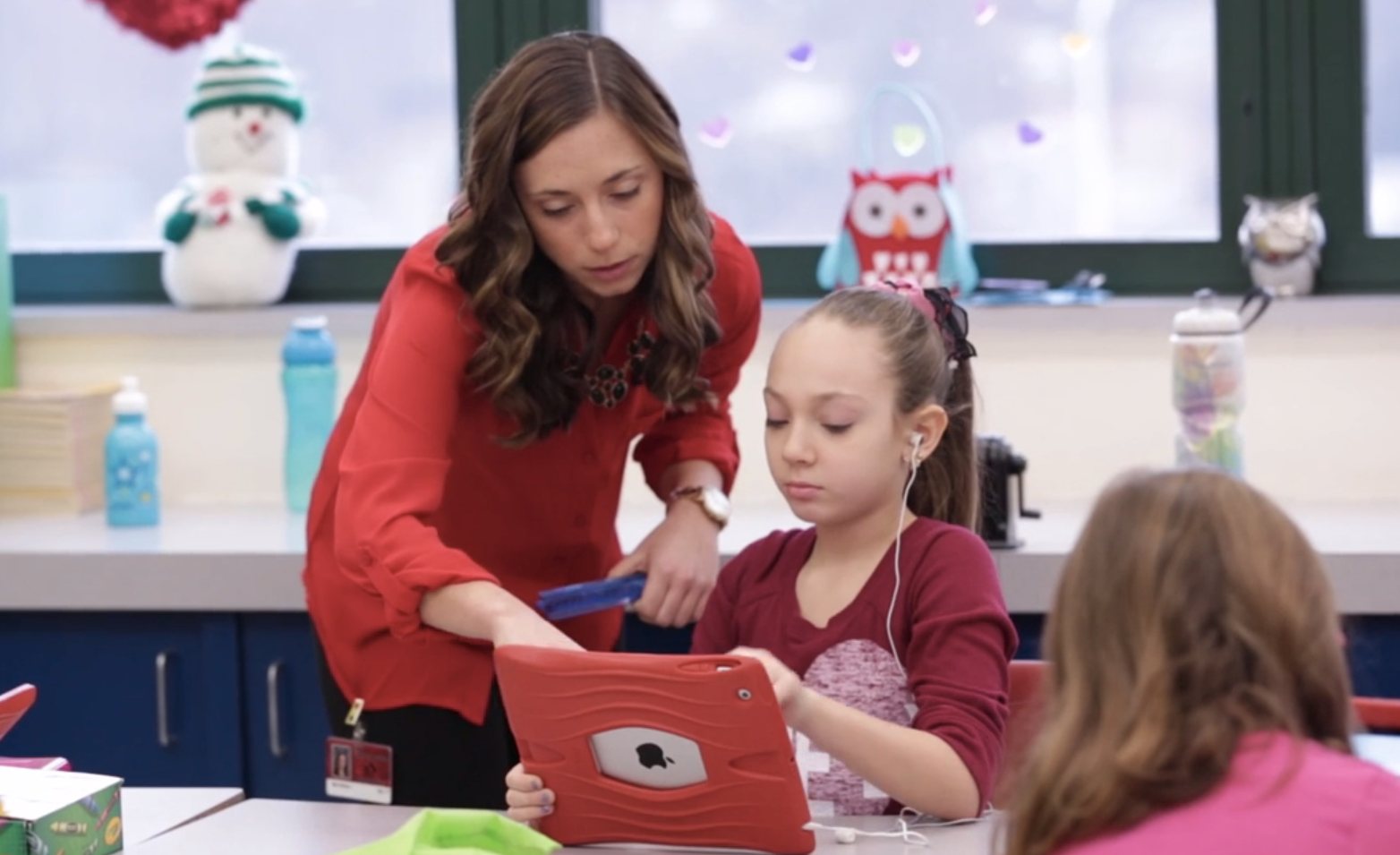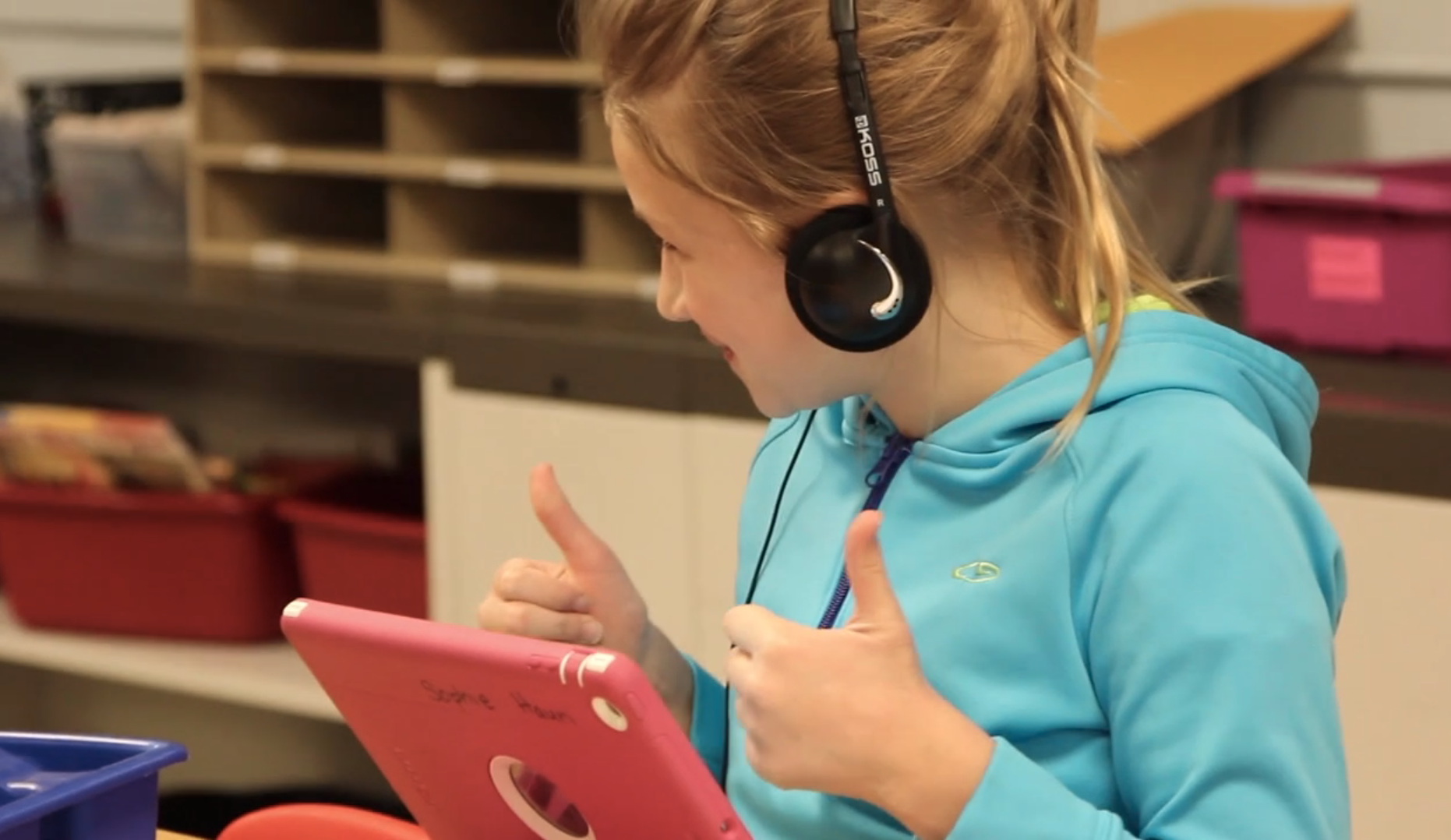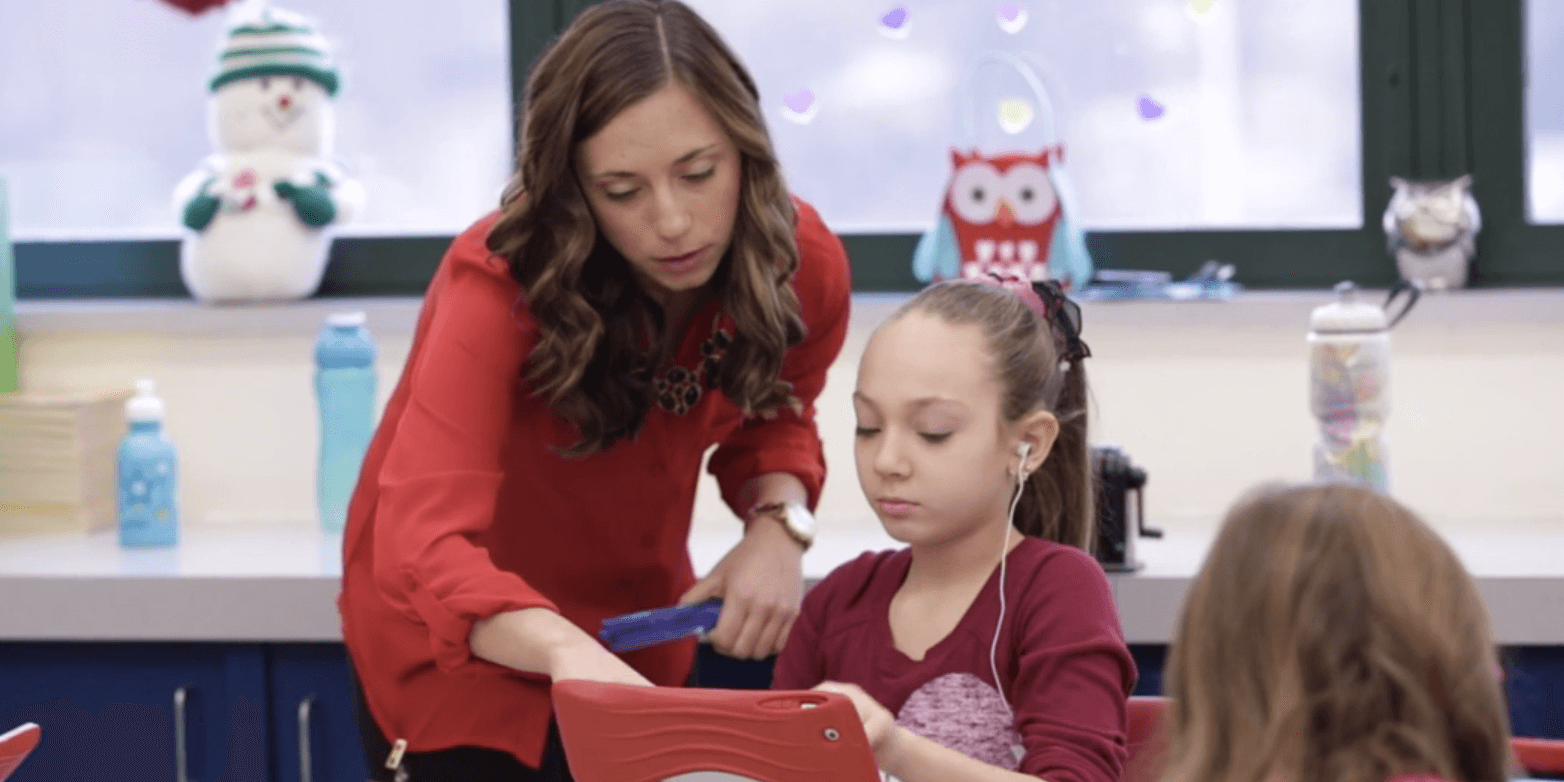Dear Carrie,
I’m trying my best to implement small group instruction in my classroom. We have finally settled into our rotations and I have student accountability strategies in place, but I can’t seem to keep up with all of the grading and assessment. It was so much easier when my class was doing the same activity all at once. Any ideas?
– Overwhelmed by Paperwork in NY
Dear Overwhelmed by Paperwork in NY,
I’ve been in your shoes and I feel your pain! You want to give quality student feedback, but you also want to have a life on the weekend. I truly believe using small group work produces the best results because it lends itself to differentiation and builds student independence.
As a TeachThought article shares, ” What separates good teachers from the excellent ones? The excellent ones are handing out fishing poles; creating a culture in the classroom of independence and self-reliance. These students don’t just recite facts or regurgitate information- they have learned how to learn.” Try these five examples of instructional strategies to encourage student accountability while minimizing your paperwork load.
1. Act like a Police Officer
One of the analogies used in our Professional Development sessions is the “eSpark Police.”
Randomly pop in at one of your learning centers. Ask to see their work and progress. Praise students who are on track, refocus students who have lost track. The police don’t have to follow you to school every day for you to follow the speed limit. You just need to see the police a few times a week to be reminded of your duties as a responsible citizen. Likewise, you don’t need to follow your students around everywhere they go, but they should understand that you would be there when they lose sight of their learning objectives.

2. Stop Doing All the Work
Peer feedback is critical in the real-world. Rarely do you put something out in a work environment without the opinion of a peer. We need to teach our children to give and accept quality peer feedback. As students move through centers, have them journal about their learning. Set expectations for student accountability and explain that they will be sharing their work with a peer at the end of the week. Ask students to nominate each other for learning that is above and beyond—maybe a weekly “shout out” session.
You don’t always have to be the one giving all the feedback. Save your feedback for the really important things such as final drafts, assessments or struggling learners. Communicating examples of instructional strategies for peer collaboration will help both your students and yourself in the long run.
3. Create Meaningful Portfolios
Make portfolios and projects were at the center of your classroom, and you and your students will be happier learners because of that choice. Give your students a checklist of learning activities they can complete during the week and set very clear expectations for each activity on Monday. Tell your students that you expect them to complete a minimum of five of the activities.
For your struggling learners, conference with them on the first day to guide them to appropriate choices (or modify the material for the students). At the end of the week, allow the students to pick two items that demonstrate their best learning. Grade one artifact with thought and add meaningful feedback for growth. The rest of the material can be reflected upon by a peer using a rubric or can be graded as a class. As a parent, you’d rather have your child come home presenting one artifact with meaningful feedback than 10 papers with a simple star at the top.

4. Focus on the Final Product and Spot Check the Process
One of the greatest apps on the iPad is a simple whiteboard app. At the end of a learning session, ask a series of questions and have the students write their answers on the whiteboard. After each question, students hold up their iPads so you can scan the room for quick understanding. Take note of struggling students and check-in with them quickly the next day. Also, check for students that mastered the content and would give them an extra push.
This is a great way to spot check the learning and add student accountability without grading stacks and stacks of paperwork. Frankly, if you use a worksheet in my classroom, have the students grade their own work. Try focusing on the higher-order thinking projects in grading and assessment—you want to see the application, or what I told my students was “the real-deal.”

5. Busy Work for Kids Means Busy Work for You
When you move your classroom to a centers model, it can seem overwhelming, especially the first year. I remember scrambling to find learning activities for each station and many times ended up with photocopied (boring) worksheets. It was an awful cycle. My students completed long, dreadful worksheets and I therefore graded long, dreadful worksheets. IT NEVER ENDED. In my 8th year in the classroom, I finally found a great balance in a center model and used it in every single subject area. Here are examples of instructional strategies for language arts centers:
The first 10-15 minutes is whole group instruction that set expectations and provides instruction for centers.
Center #1: Meet with teacher for portfolio check-in and feedback
Center #2: Word Work Center
Center #3: Read to Self, Independent Reading Project
Center #4: Read to Self, Independent Reading Project (cont.)
Center #5: Differentiated Apps on iPads
Center #6: Watch an instructional video created by the teacher, complete activity as a group
Being a teacher can be overwhelming. Try to think of ways you can shift your own practice, and therefore your student learning, to be more meaningful and less focused on the completion of paper worksheets. After implementing these 5 examples of instructional strategies, you might be surprised at the fun you can have when you confidently shut your classroom door at the end of the day and head off to enjoy the rest of your life.
Best,



